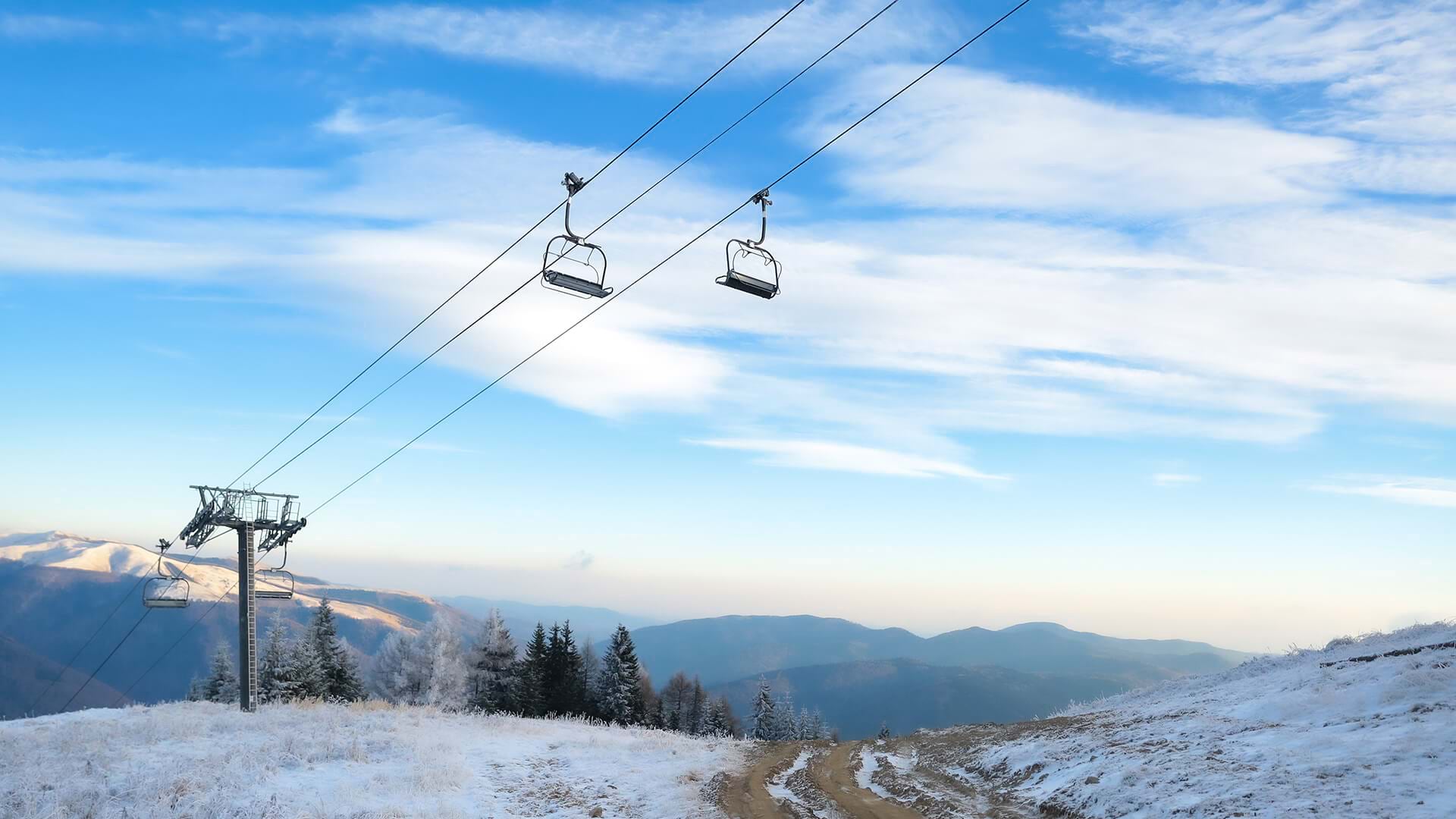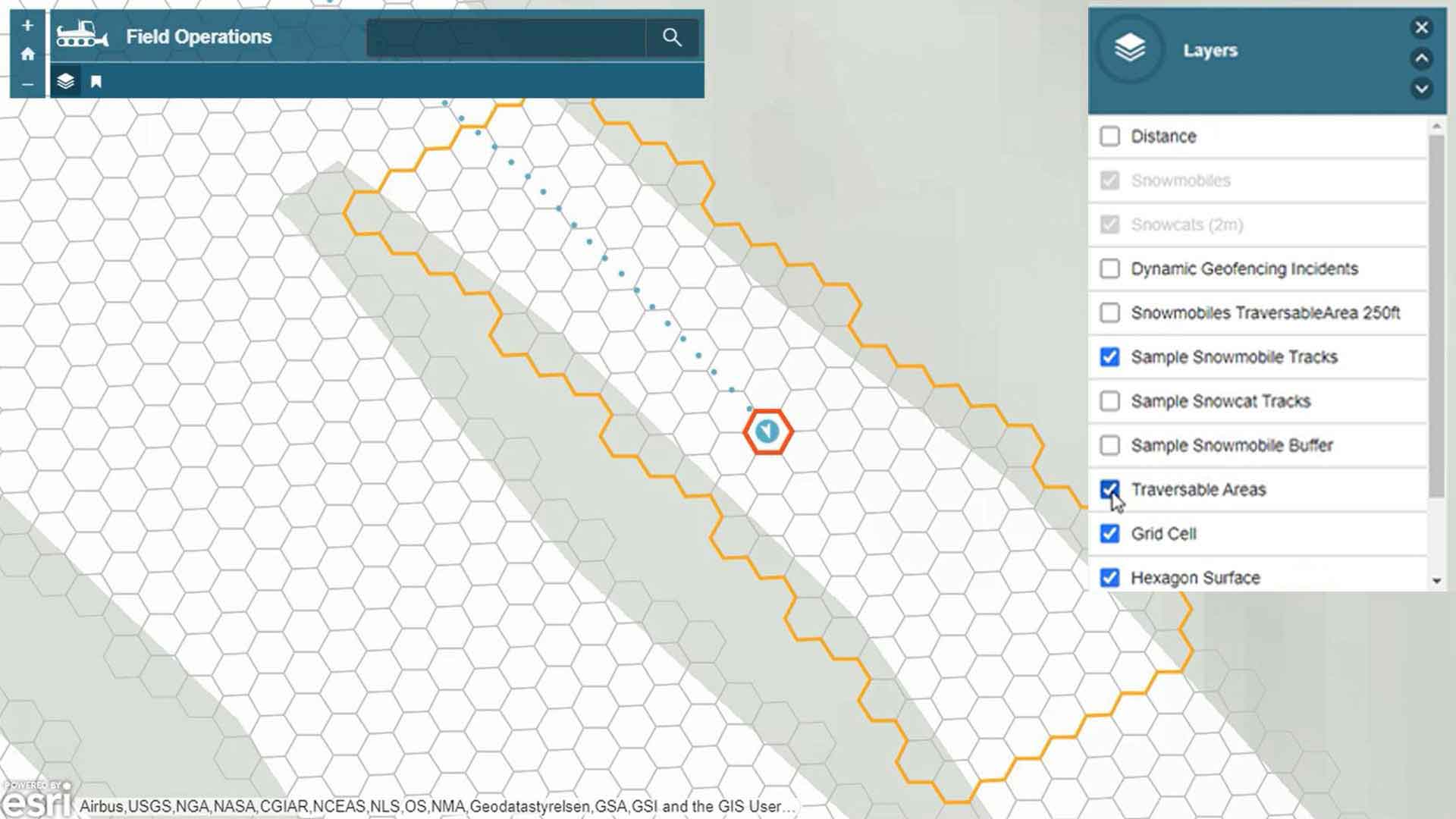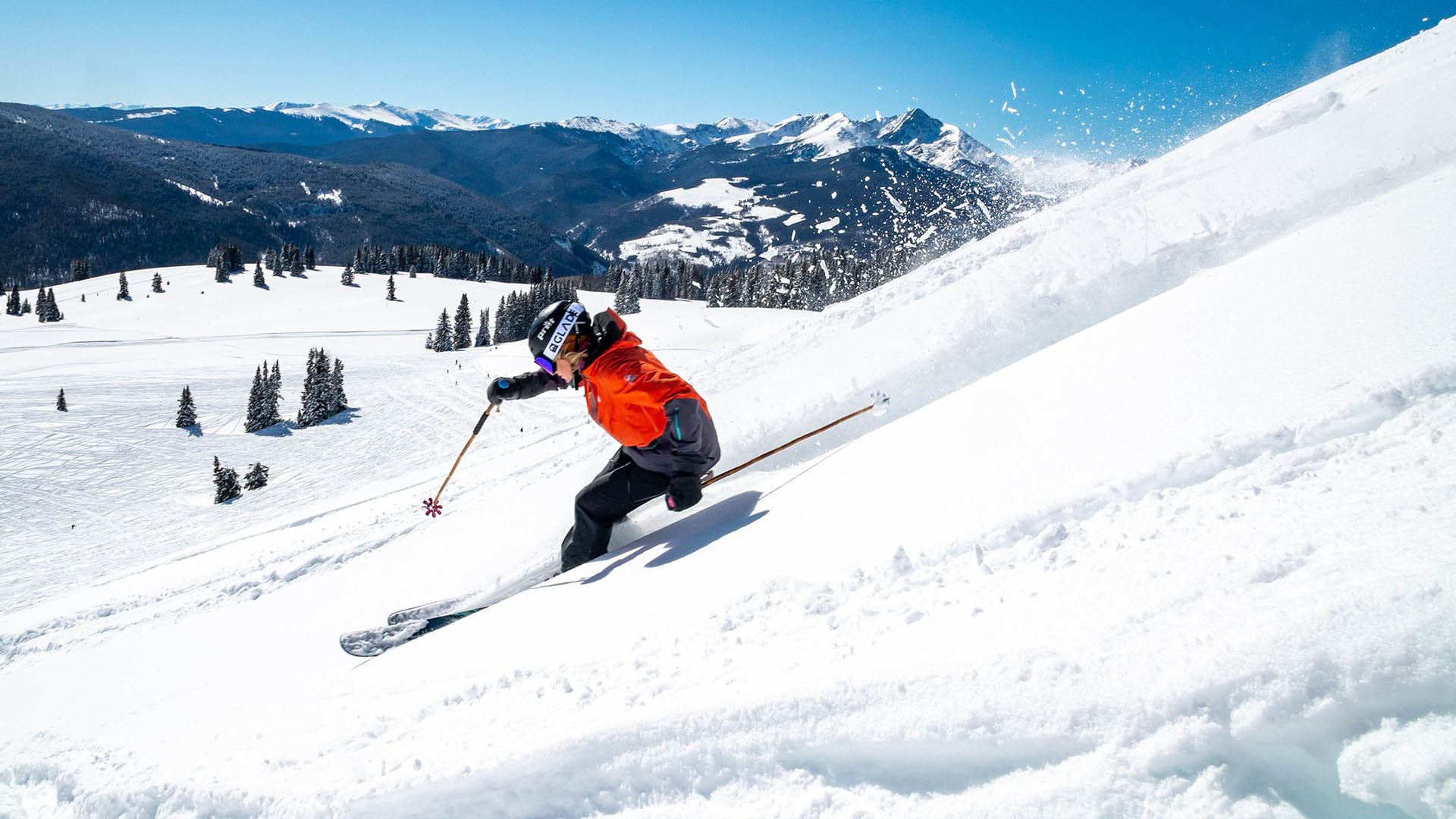Europe’s ski industry—home to legendary destinations like France’s Chamonix and Switzerland’s picturesque Zermatt—is the envy of the world. Around 50 percent of the globe’s ski resorts are located there, as well as 80 percent of resorts that see over one million skier visits annually.
But European resorts accustomed to competing for high-paying tourists are now dealing with a common enemy: climate change.
A new report published in Nature Climate Change analyzed the impacts of global warming on 2,234 ski resorts in 28 European countries. Researchers found that 53 percent of resorts were at very high risk for reduced snow supply if warming reaches 2⁰C, and 98 percent are in danger if temperatures rise by 4⁰C.
Bald slopes don’t just hurt individual operators—they can capsize whole towns whose economies depend on ski tourism. To assess the location-specific impacts of rising temperatures, executives in the recreational industry—along with their counterparts in manufacturing, insurance, commercial real estate, and retail—are adopting geographic information system (GIS) technology.
The insights provided by GIS are already helping US resorts implement hardware such as snow guns to extend the ski season in a warming climate. A digital twin of a mountain can provide real-time data on the use of resources like water and electricity, informing strategies to curb carbon emissions and support the future of winter sports sustainably. Now, the same technology is poised to help winter-sports companies prepare for a volatile weather future.
A Different Strategy for Every Ski Resort and Mountain
As the study authors note, snow conditions will not decline uniformly across Europe’s ski resorts. Climate change’s impacts on snow reliability will vary from one resort to another, and one mountain range to the next, according to the authors.
One finding illustrates how the impacts of snowmaking could vary depending on geographic region. The researchers found that in a 2⁰C scenario in the Alps and Nordic mountains, for example, using snowmaking on 50 percent of resort slopes could have significant impacts on restoring snow supply. In other areas, like the British Isles and Apennines, even increasing snowmaking to 75 percent coverage would do little to forestall widespread snow loss.
With GIS technology, ski resort operators can further localize their analysis. An operations executive studying a map of ski slopes could toggle on data layers showing weather trends, sun exposure, long-term temperature predictions, wind, and other metrics. That location intelligence could indicate parts of a resort where natural snow supply is likeliest to ebb, and guide the placement of snow guns, water and air lines, and transformers. Once that new infrastructure is mapped in GIS, crews have a central source of truth on asset locations and status when repairs or maintenance are required.
For locations where snowmaking isn’t likely to counteract the effects of warming, operators might diversify offerings by adding spas or water parks.
Digital Twins Show the Future of Sustainability
As snowmaking efforts increase, so will demand for resources like power and water. Resort owners will need a system for monitoring impacts on the environment and local communities. A location-specific digital twin helps leaders plan for different scenarios and envision trade-offs between creating more skiable days and reducing carbon emissions.
A GIS dashboard can integrate data from a mountain’s control system, creating maps of water leaks or excessive electricity use. Such information can guide a business’s efforts to shrink its carbon footprint and operate more efficiently in a world of rising temperatures.
Maps and digital twins also facilitate collaboration among operators within countries and across borders. In the US, advocacy organizations like Protect Our Winters have raised awareness in the ski community by sharing data-rich maps that illustrate the economic effects of climate change.
As climate hazards come into sharper focus, innovation, cooperation, and smart strategies backed by data will be important in preserving the future of winter sports.











